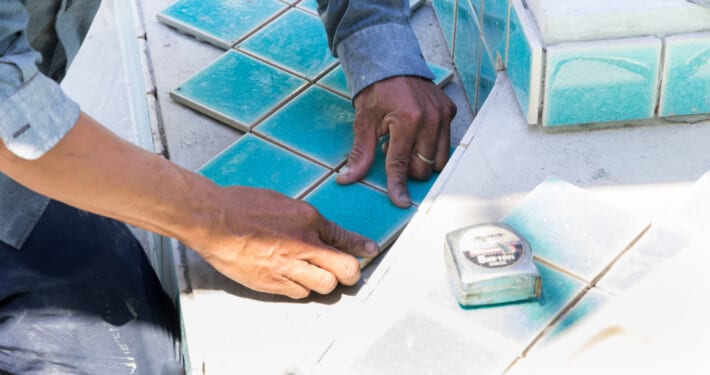Having a swimming pool in your backyard is a great way to enjoy the summer and stay cool. When this happens, it's important to patch the plaster to maintain the integrity and aesthetics of your pool. In this article, we will explore the different types of pool plaster patching techniques and how they can help you restore your pool to its former glory.
1. Traditional Patching
The most common and widely used method for the best pool plaster patch is the traditional patching technique. This method involves removing the damaged plaster by chipping or grinding it away and then applying a new layer of plaster to the affected area. The new plaster is carefully troweled onto the surface and smoothed out to match the surrounding plaster. This technique is effective for small to medium-sized patches and can be done by most pool owners with basic DIY skills.

Image Source: Google
2. Hydraulic Cement Patching
Hydraulic cement patching is another popular technique for repairing pool plaster. This method involves using a hydraulic cement mixture that expands as it sets, ensuring a strong bond with the existing plaster. The damaged area is cleaned and wetted before the hydraulic cement is mixed and applied. The mixture is then pressed firmly into the damaged area and smoothed out to match the surrounding plaster.
3. Epoxy Injection
Epoxy injection is a more advanced and specialized technique for repairing pool plaster. This method is typically used for cracks or structural damage that cannot be addressed with traditional patching or hydraulic cement patching. Epoxy injections involve injecting an epoxy resin into the crack or damaged area to fill and seal it.
